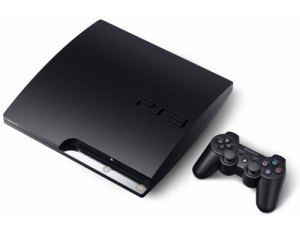
When Sony launched its firmware 3.21 update for its PlayStation 3 consoles, the company removed the “Install Other OS” option from the console, preventing enthusiasts from powering up their Cell-powered consoles using Linux. Now, Anthony Ventura as filed a lawsuit against Sony over the removal, claiming that removing the feature “is not only a breach of the sales contract between Sony and its customers and a breach of the covenant of good faith and fair dealing, but it is also an unfair and deceptive business practice perpetrated on millions of unsuspecting consumers.” the suit is seeking class action status on behalf of other PlayStation 3 customer impacted by the firmware upgrade; although the suit doesn’t seek a specific damages figure, it does assert that damages from Sony’s action tally up to more than $5 million.
Sony has taken the position that if users don’t want to lose the “Install Other OS” option on their PlayStation 3 consoles, they just don’t have to install the update: it’s voluntary. However, without the v3.21 firmware update customers also lose the ability to connect to Sony’s PlayStation Network or play online games, or play game titles or Blu-ray movies that require the firmware update. Without the v3.21 firmware update customers also can’t play media from a local media server or install any future updates from Sony.
Although many PlayStation 3 owners never paused to wonder what the “Install Other OS” option might be and certainly never miss it, Ventura’s suit highlights several instances where Sony touted the feature as a distinguishing characteristic of the console, and even promised to continue supporting it in future firmware releases. Sony did remove the option from the revamped PS3 Slim; however, even at the time the company pledged continued support for the feature on existing hardware.
Sony’s only statement on removing the “Install Other OS” option was that the feature was removed due to unspecified “security concerns.” Ventura’s lawsuit asserts Sony’s concerns were centered on piracy, not any direct threat to PS3 users.


